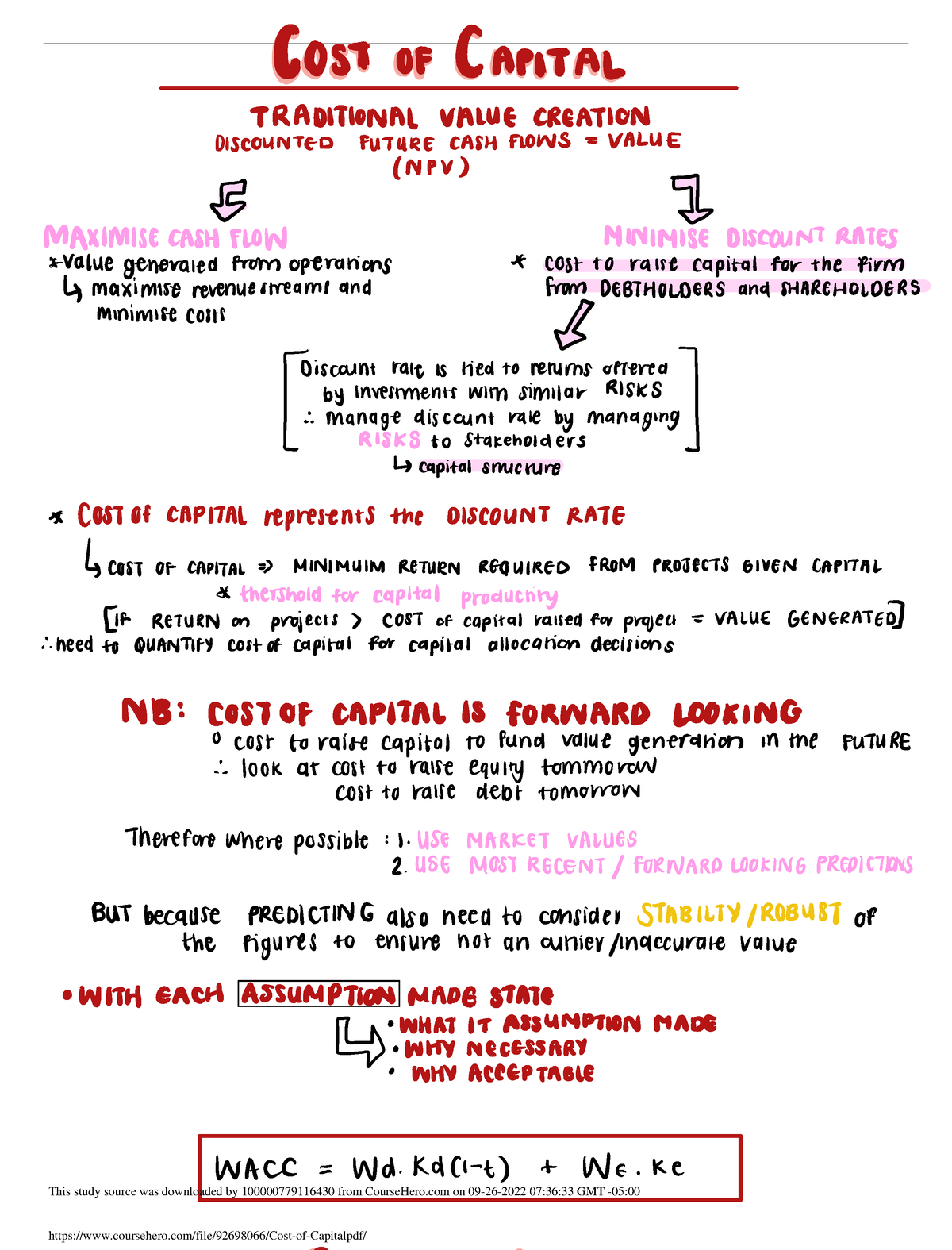


Up and supply chain issues added a level of uncertainty that was previously unknown. Start-ups are typically most concerned with this, but we saw many organizations start monitoring their burn rate during the 2020 coronavirus pandemic lockdowns as revenues dried Rate,” or the speed at which your organization uses up its cash. On the extreme end of this is identification of your “burn In order for a business to continue operating, the treasury team needs to understand the timing of cash flows so they can make provisions for raising funds - or placing funds in investment. We’ll talk about the different purposes of each period below, and provide you with some key points to consider that are unique to each one. There are three time periods used to develop forecasts: short-term, medium term, and long-term. Plans, or support greater efficiency in the organization’s use of working capital. Their strategic purpose comes into play when they are developed over a longer period of time, which could be due to a desire to develop medium-term funding, investment Each year, AFP hosts the largest networking conference worldwide for more than 7,000 corporate financial professionals.Treasury forecasts tend to be built on operational cash receipts and disbursements.
AFPONLINE COST OF CAPITAL PROFESSIONAL
AFP established and administers the Certified Treasury Professional and Certified Corporate FP&A Professional credentials, which set standards of excellence in treasury and finance. and located regionally in Singapore, the Association for Financial Professionals (AFP) is the professional society committed to advancing the success of treasury and finance members and their organizations. Headquartered outside of Washington, D.C. If you are a member of the press and would like a copy of the survey or have any questions, please contact Melissa Rawak at AFP ® It generated 622 responses from corporate finance professionals across industries. To think that change doesn't happen doesn't make it go away."ĪFP conducted the survey in September 2019.

"All the numbers in your project analysis are changing," he said. Professor Damodaran recommended practitioners stay agile in re-valuing the project cash flows, the cost of capital, and especially the decisions after they are made. The constructed cost of capital for a company should never be a constant for the whole year." You've got macroeconomic shifts, and people are still doing what they used to do. You've got interest rates that are lower than the rates you have faced for close to a century. You've got distrust of central banks, government and experts. Addressing the survey results about frequency of updates, Damodaran observed, "There is a lot of consistency from 2013 to now, in terms of the calculation methodology and how it was applied, but consistency is not always a good thing because the world has shifted. According to Professor Aswath Damodaran from New York University's Stern School of Business, finance departments have some catching up to do. One area that did not change was the cost of capital calculation.


 0 kommentar(er)
0 kommentar(er)
